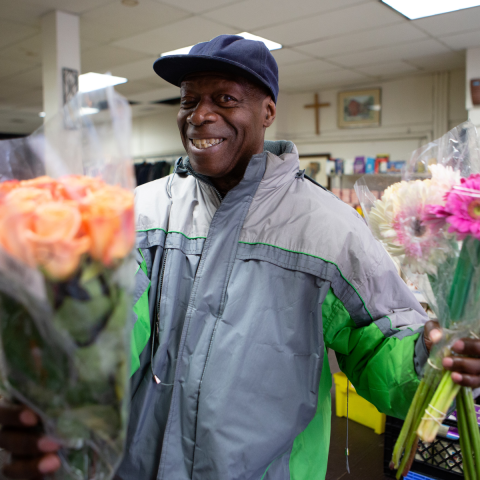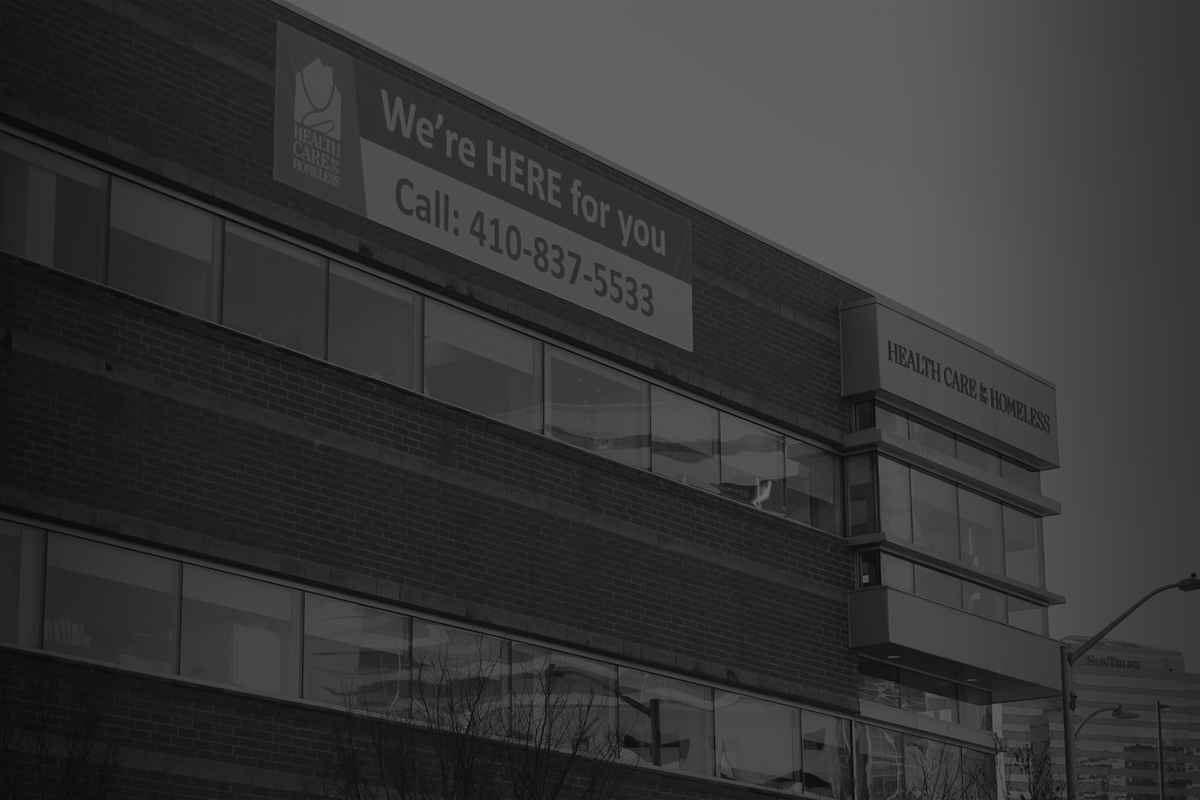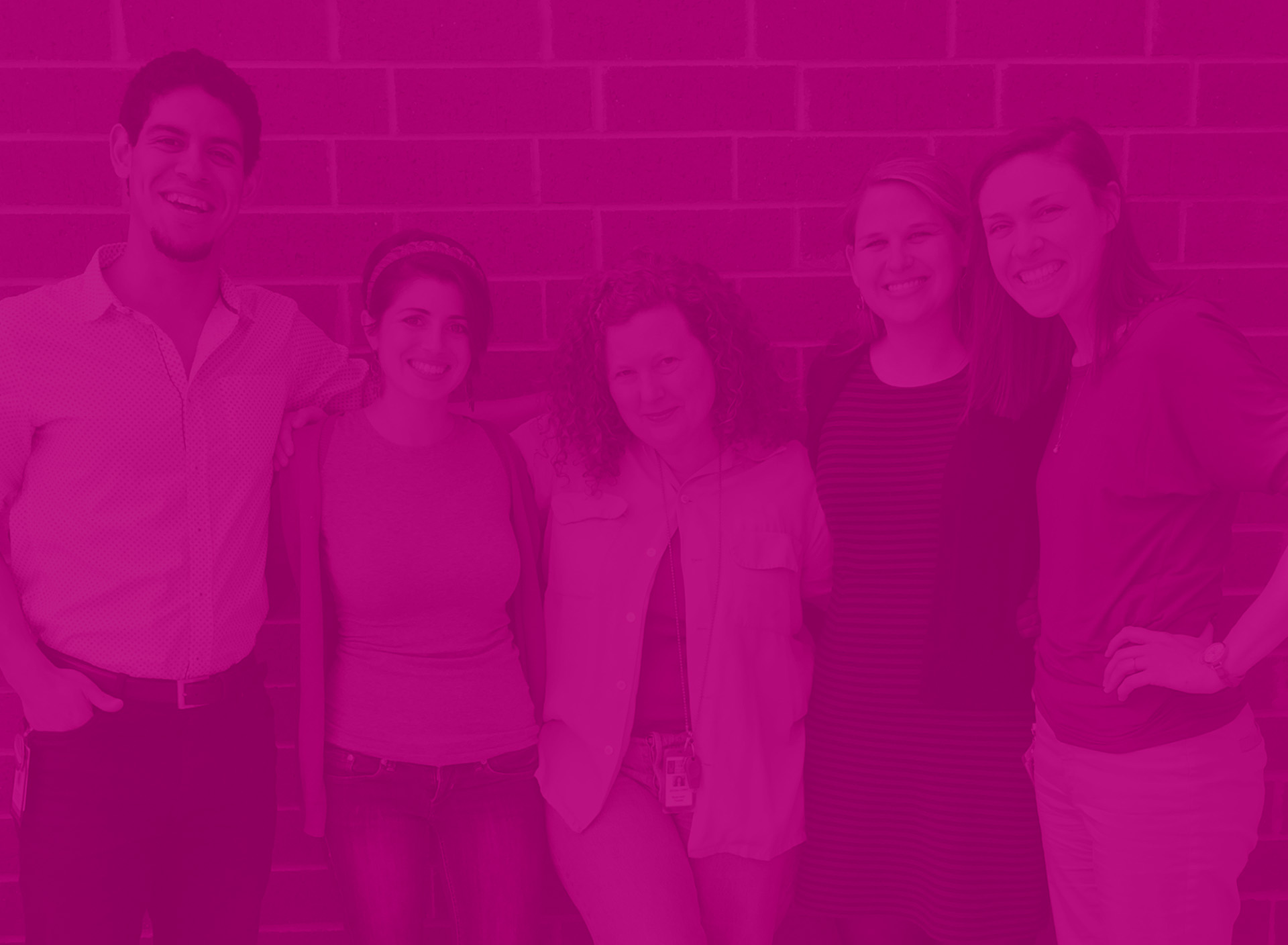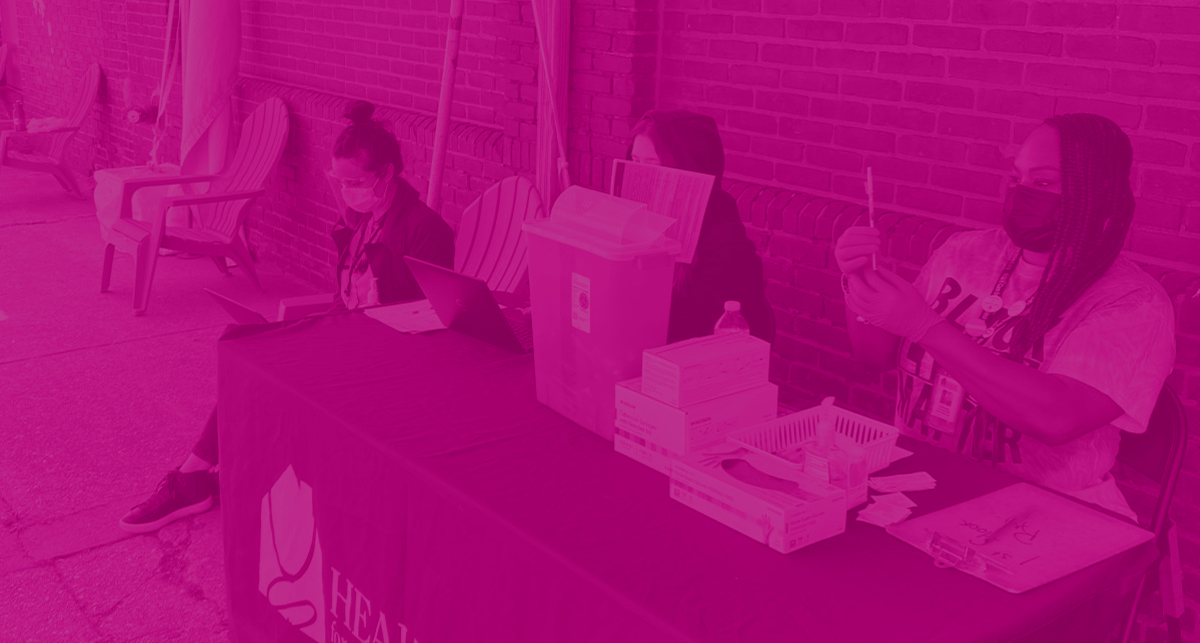We’ve got a math problem.
It’s hard to know exactly how many people in Baltimore City experience homelessness.
In a report to the federal Department of Housing and Urban Development (HUD), city officials asserted that on any given night in 2017, 2,669 people experienced homelessness in Baltimore City.
BUT…
The Baltimore City Mayor’s Office of Human Services acknowledges that the "point in time" methodology it uses to perform its count is “imperfect” and says it doesn’t “precisely reflect the actual number of homeless persons in the city.” The point in time methodology only counts sheltered residents of programs that participated in a city-issued survey. It counts only in certain areas of the city and during certain hours. It follows one of the narrowest definitions of homelessness set by HUD. And even under this definition, the number of people experiencing homelessness on a given night exceeds traditional shelter capacity.
Each year when the city performs its point in time count, it tallies more people than shelter beds.
The numbers behind the causes of homelessness help explain…
The Journey Home: Baltimore’s Plan to Make Homelessness Rare and Brief identifies the fundamental causes of homelessness as poverty, a lack of affordable housing and a lack of comprehensive health and supportive services. When we zero in on these causes and the numbers behind them, we start to get a sense of the extent of—and potential for—homelessness in Baltimore City.
Baltimore is poor
In Baltimore:
- Nearly 1/2 of residents live below 200% of the federal poverty line
- 1/4 of residents live at or below the federal poverty line
- More than 1/2 of poor residents live in deep poverty, meaning they live at or below 50% of the federal poverty line
- More than 1/3 of children in Baltimore City live in poor households
Housing in Baltimore is expensive
In Baltimore:
- Fair Market Rent in 2015 was $833 a month for an efficiency unit, $985 a month for a one-bedroom unit and $1,232 a month for a two-bedroom unit
- Nearly 1/2 of renters here spend 35% or more of their income on rent
Health insurance has limitations
At Health Care for the Homeless:
- 44% of clients have insurance through Medicaid or Medicare today
- Insurance doesn’t cover 40% of the services clients need
Homelessness is an experience, not a characteristic. While the numbers behind the causes of homelessness don’t tell us exactly how many people experience homelessness in Baltimore City, they do explain why the economic landscape in Baltimore makes homelessness likely for so many.

Albert Miller is a Board of Directors member and was featured in our 2023 "We are a Mirror of Love" original documentary. He has used yoga, meditation, and "constant volunteerism" to process the anger that weighed him down for much of his life. "I am patient, creative and full of life."





